“There is nothing new in the world except the history you do not know.”
HARRY S. TRUMAN
Chapter 4
Part 1
A Coincidence is Two or Repeat, Repeat, Repeat
Easily observable repeating patterns is one of the cornerstones of natural science. So in this chapter we will continue to focus on stones with similar shapes, patterns, and styles.
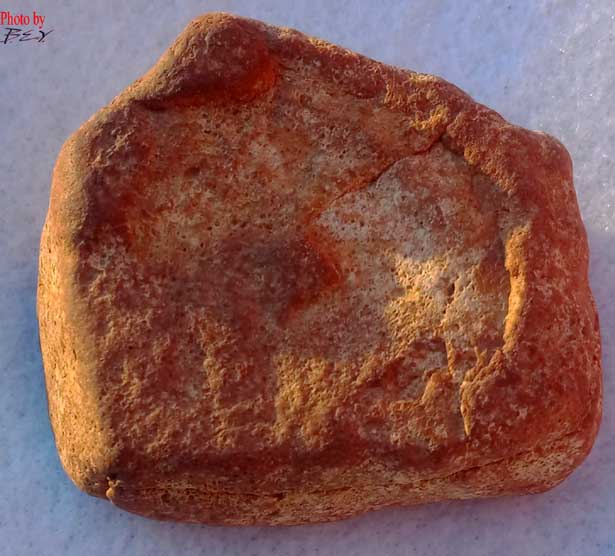
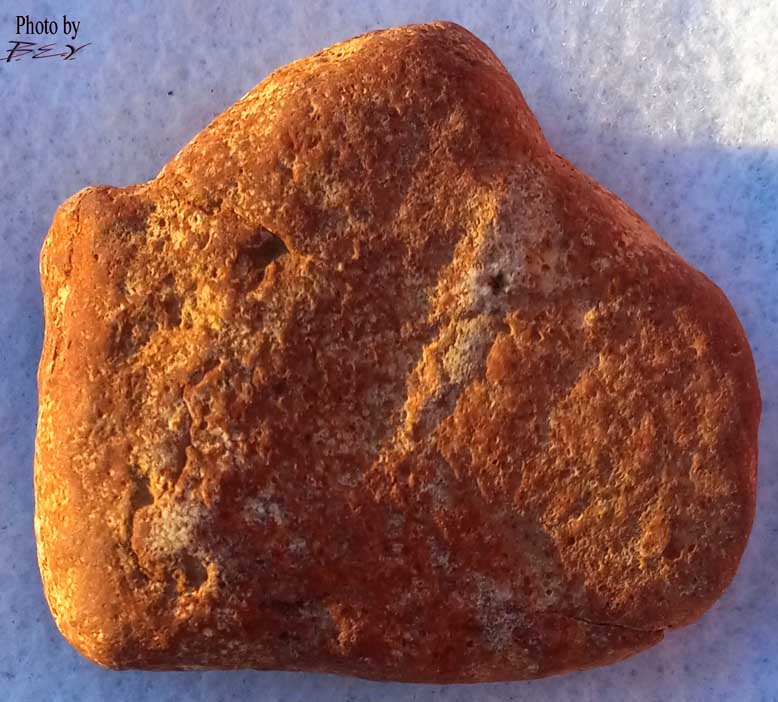
The stone above is made from a type of red terracotta stone overlaid with white limestone pigment. Like outer stone layers, the terracotta used to craft these stones range in color. This piece, like previously shown stones, has a prominence or hump (upper left portion). In this case the hump has been divided into two distinct shapes. There is also a smaller, less elevated prominence near the center of the stone. Side B of this stone is totally different. Right angles have been replaced with curves and it is absent any prominence or raised area. Photos were taken just prior to and during the rising sun ☀.
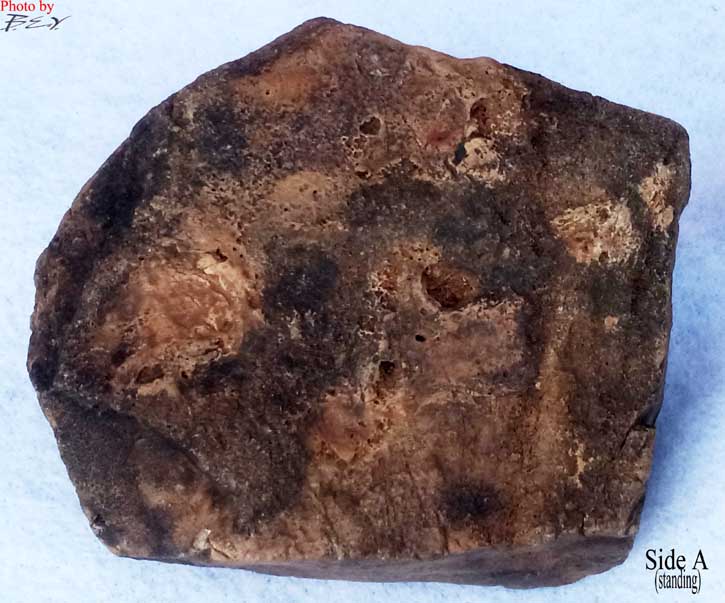

This irregular pentagon is constructed with a tan terracotta core. The outer stone casing (side A) is brownish-tan with overlapping pigments of black and white. Additionally, the outer stone layer has both a melted look and texture. The outer stone layer of side B, unlike side A, has a smooth look and texture. Black as well as reddish-orange pigments have been added to this side of the stone. Both images are with the stone standing on its base.
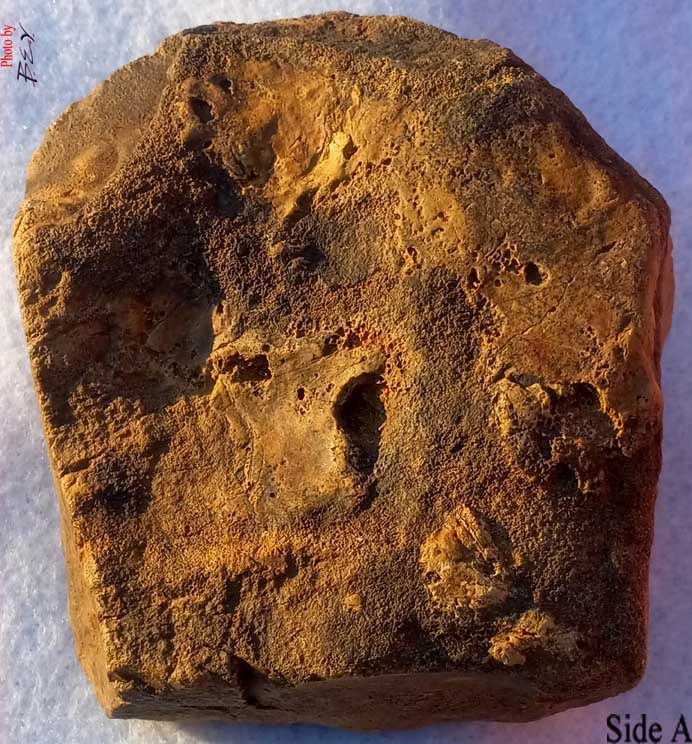
An additional image of side A provides an excellent example of how a change in angle and lighting (ie. perspective) creates alternate shapes or images. This photo was taken at early dawn.
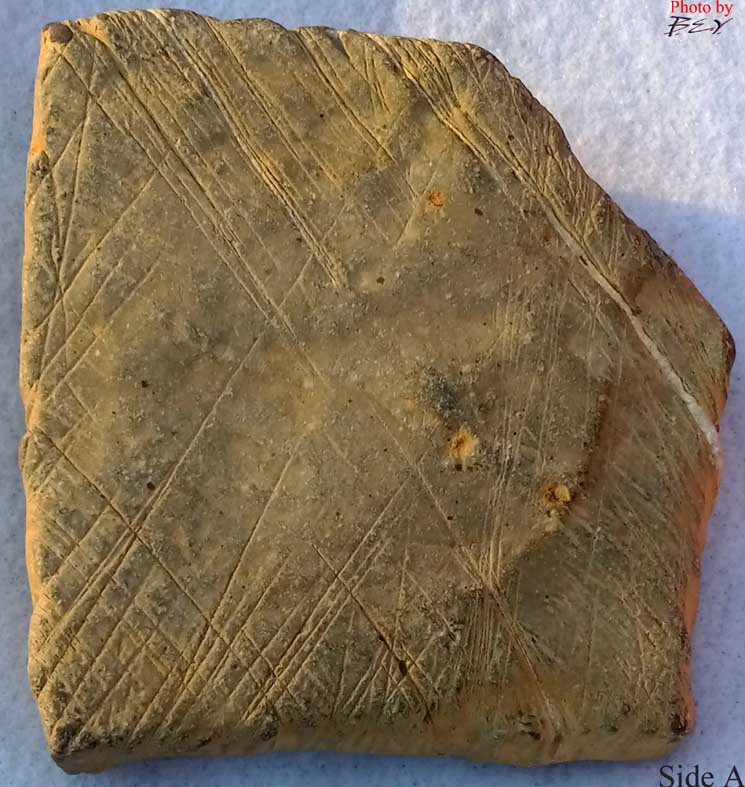
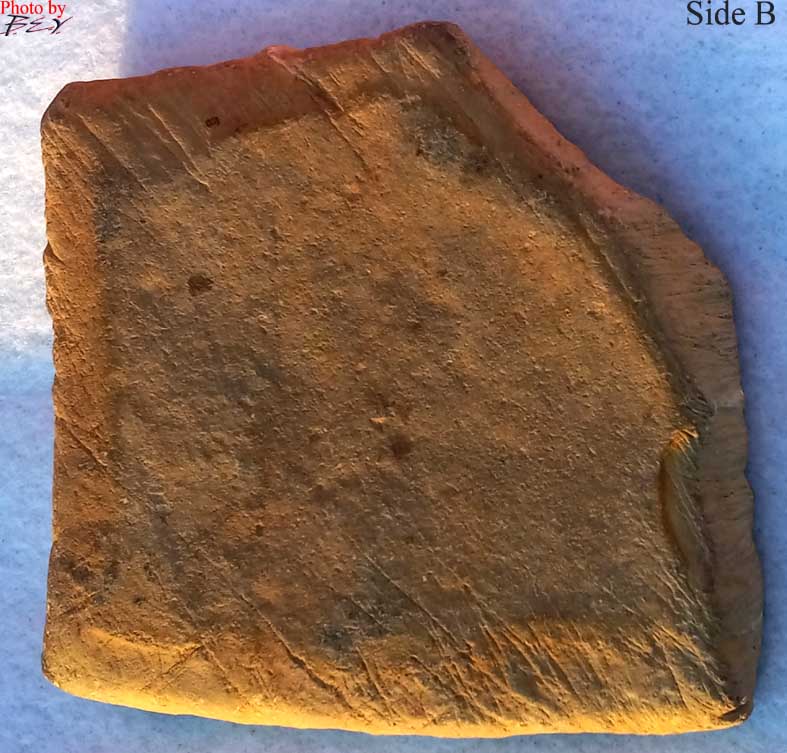
Of all the irregular pentagon shape stones collected this one is perhaps the most special. The intricacy of the etched lines is impressive to view but, as a tool this stone was invaluable. Side A doesn’t have one prominence, it has several along the surface of the stone. These elevations along the surface allowed many of these stones to be placed in a standing or upright position. Although that seems simple the same upright position could not be achieved on a flat/level surface. Side B of this stone, etched considerably less, could be utilized for the same function.
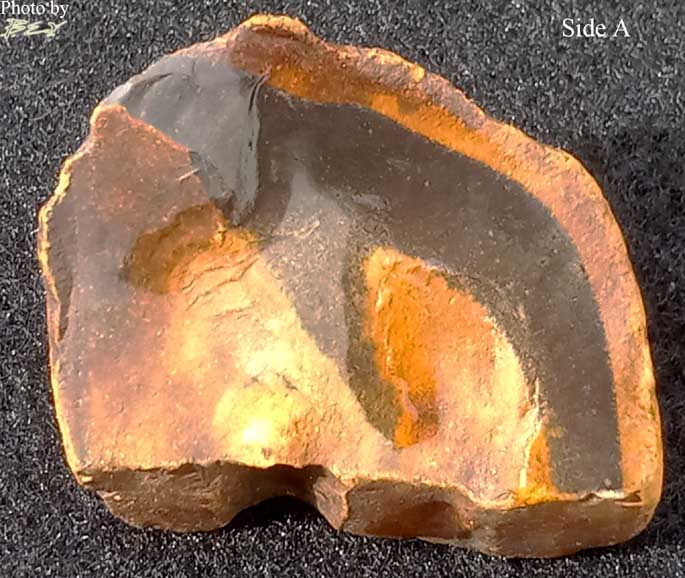
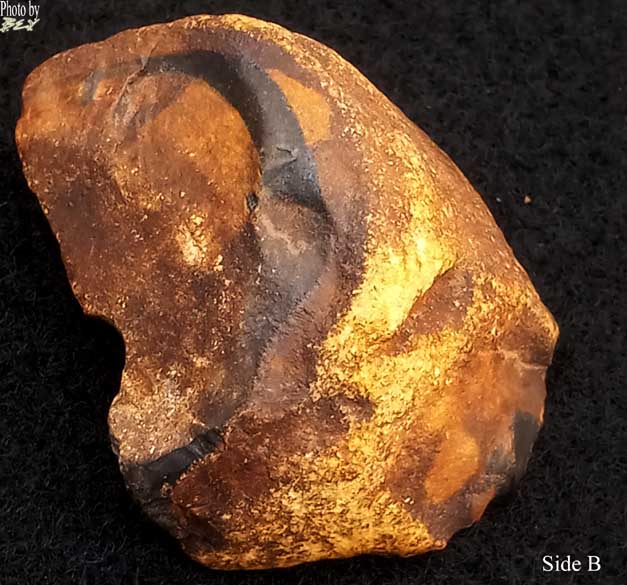
Another irregular pentagon shaped stone in a different style. The first side is covered with gradients of reddish-orange color. If you recall this color combination has a specific defined meaning. The bright colors are overlapped by a broad, almost Y-shaped black band. Like the colors white and reddish-orange , the color black carries its own significance. Symbolically the Aha people frequently (not always) used the color black to represent smoke. Knowing that you can now begin to understand these stones. I given you several of the pieces to this puzzle but, you must mentally put them together. The black Y-shaped band is not just decorative. It has a specific symbolic meaning that will be provided later. The opposite side of this piece has been painted with warm autumn like colors. The black band seen on this side overlaps a symbol (pumpkin colored) at the top of the stone. No need to elaborate on the symbol since you’ve seen it repeatedly 😁.
Black colored bands are one of the most common decorative patterns seen with these stones. With that in mind, next we’ll view some similarly banded² stones.
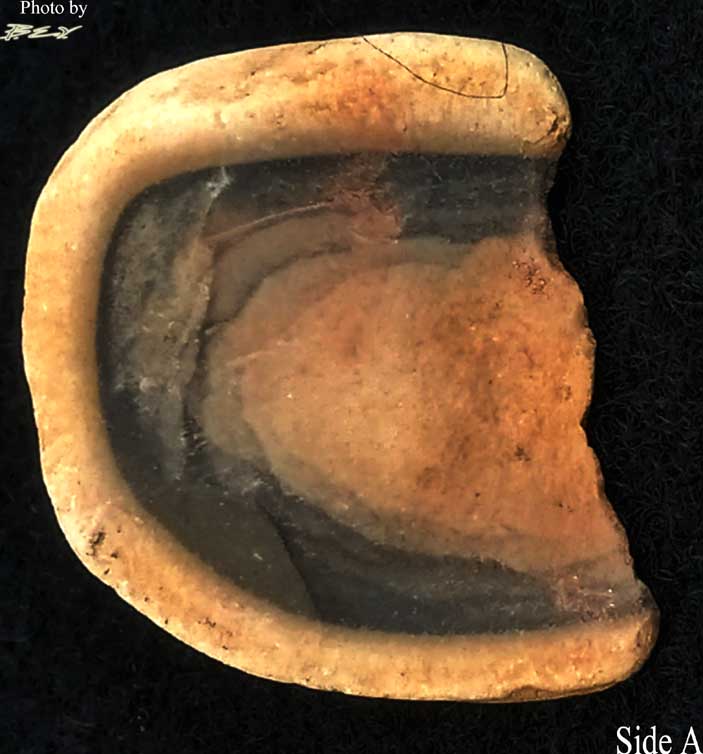
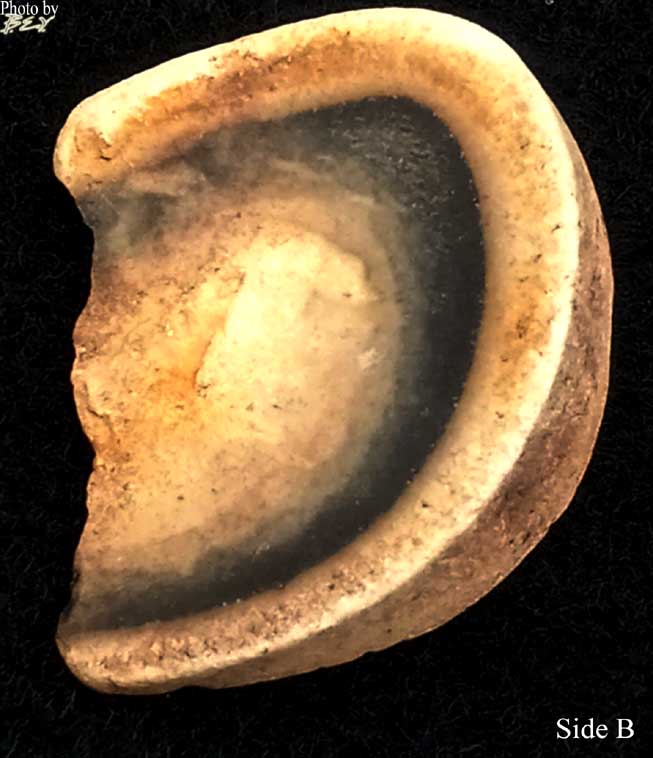
Even though this small stone may look like a fragment I can assure you that it’s not. This white terracotta piece has been pigmented with reddish-orange and brown colors. In addition it has been hand painted with two styles of black banded lines; one broad and solid, the other thin and wavy. These types of black bands were frequently observed while analyzing these stones. They’re meaning can be derived from how they were painted and where they appear on the stones. Pay particular attention to the small wavy black bands in this example. You will see them repeatedly in this and other chapters.
Initially, the white terracotta piece below doesn’t look too special. In fact, what it looks like is a piece of a rock covered with brown dirt. Well, the brownish-tan specks that you see are actually pigments painted on in an almost airbrush style. However, when wet and viewed from the opposite side its decorative details pop! Like the previous stone, the same type of black banding is present. As for the color brown, the Aha frequently (but not always) used it to represent dust or dirt.
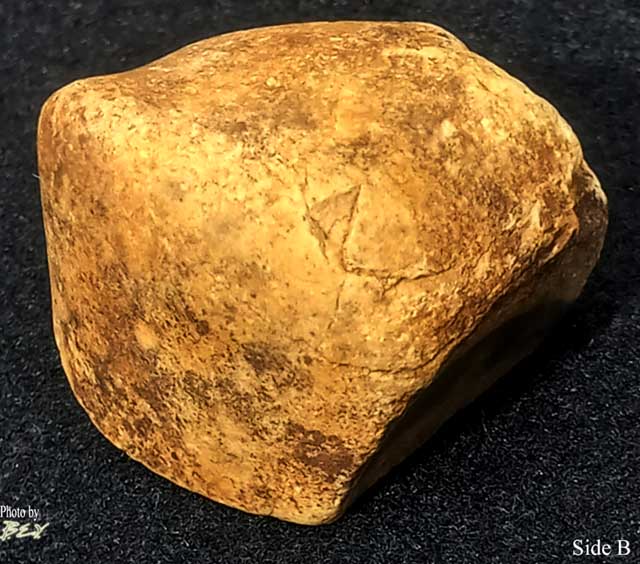
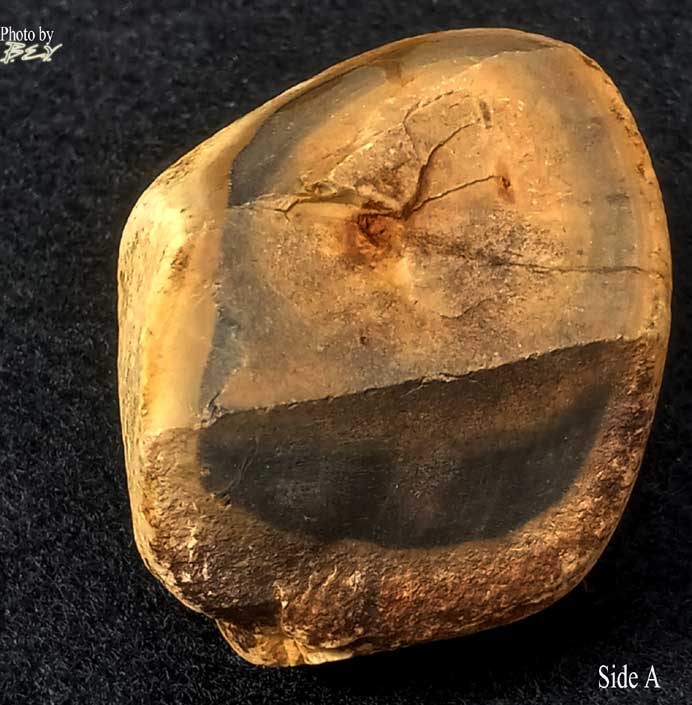
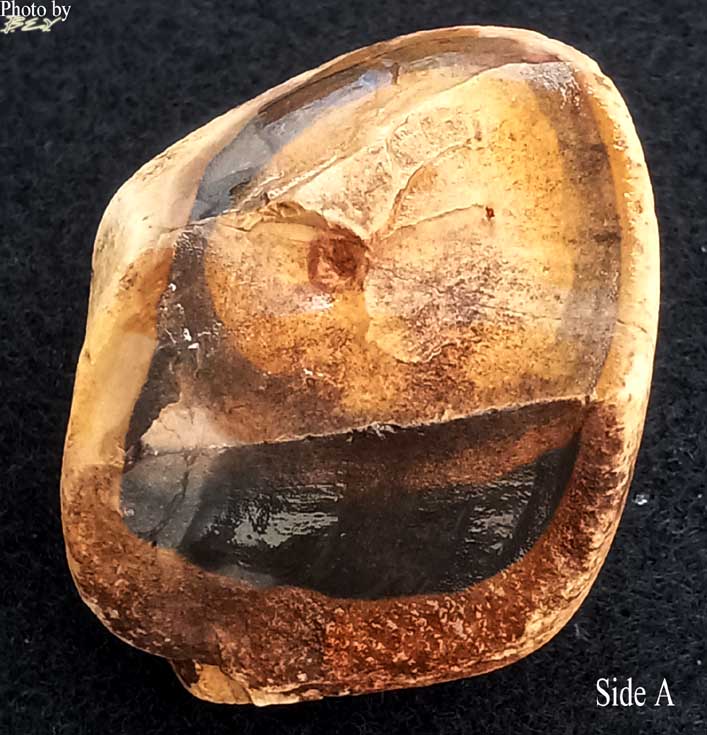
A view of the same stone when wet helps show similar characteristics seen in several other pieces. In the first image (above from left to right) what appears to be a simple unassuming brownish-tan colored rock. The opposite side shows the image of a small bird’s head. The outline for the head was created by painting black bands atop a white limestone outer layer. Slight reddish-orange pigments were also added. The slightly square shaped pigment represents the bird’s eye.
Additional images of banded stones are below. Stones are pictured from various perspectives; dry, wet, flat, standing, direct and indirect sunlight, and multiple angles.
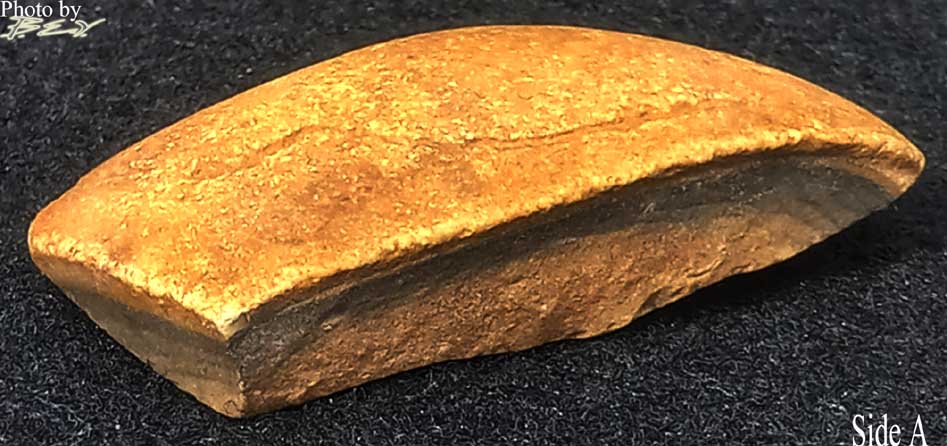
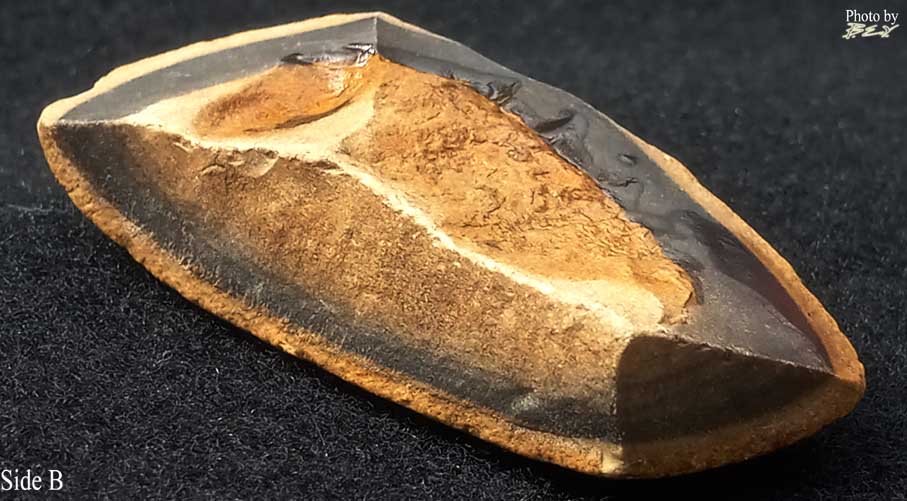
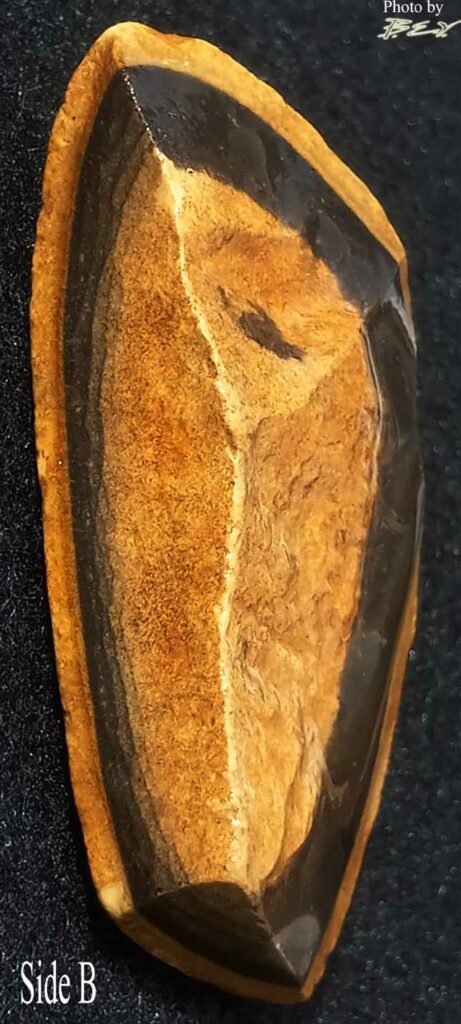
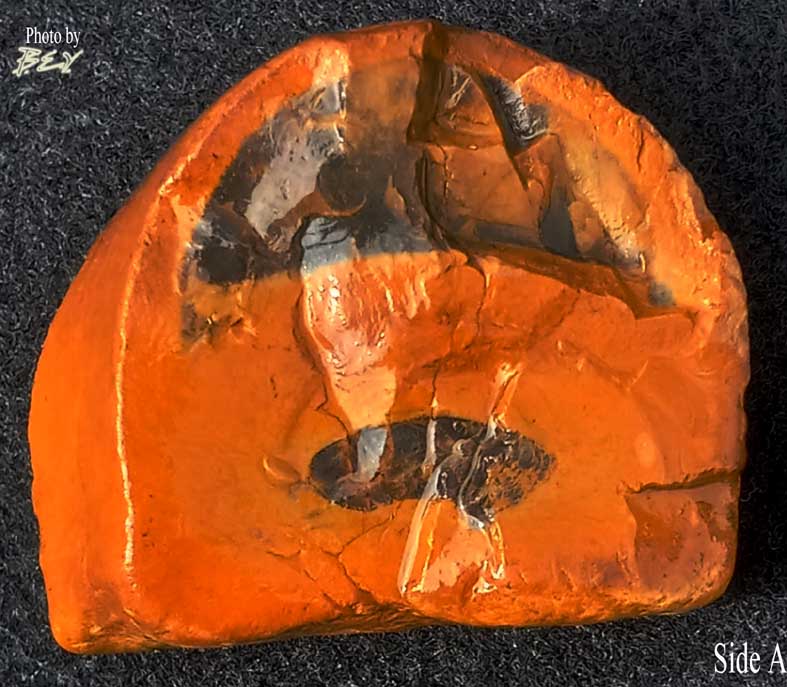
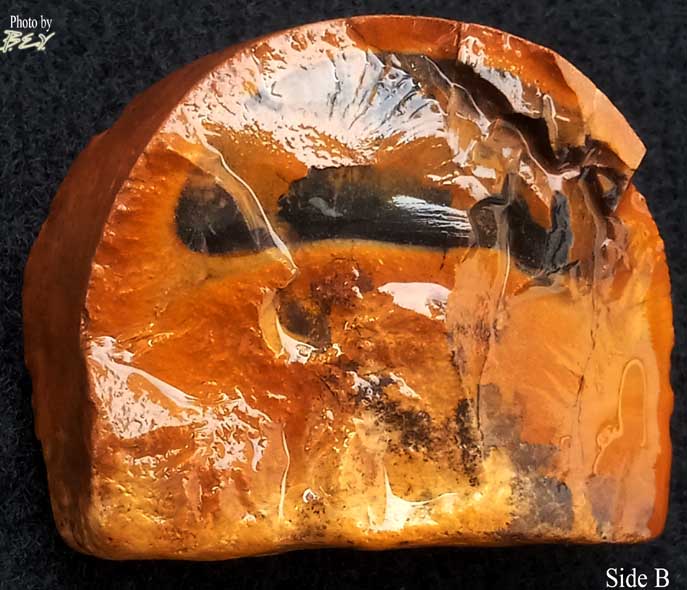
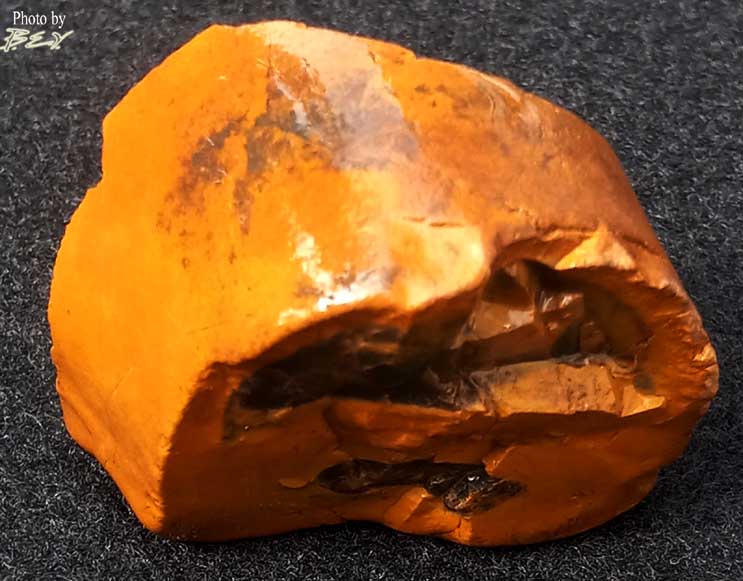
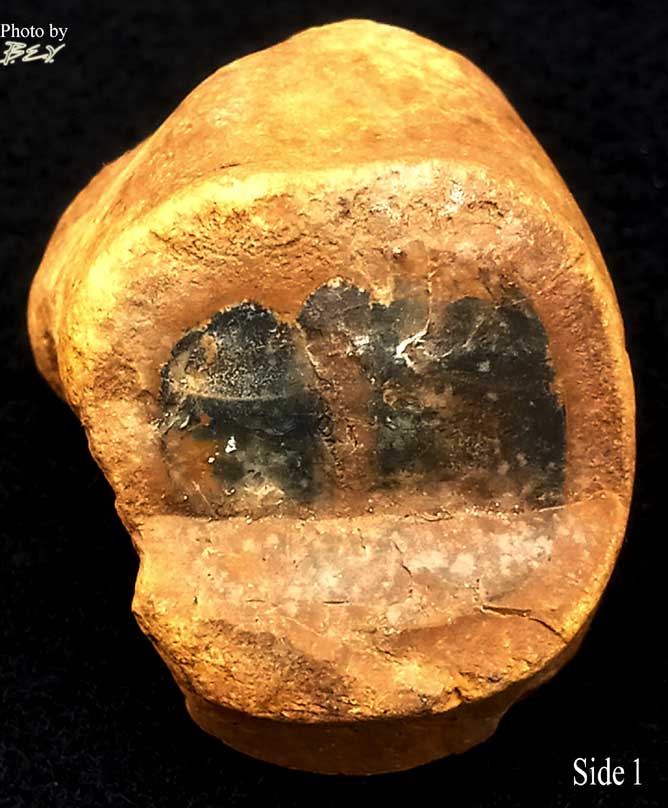

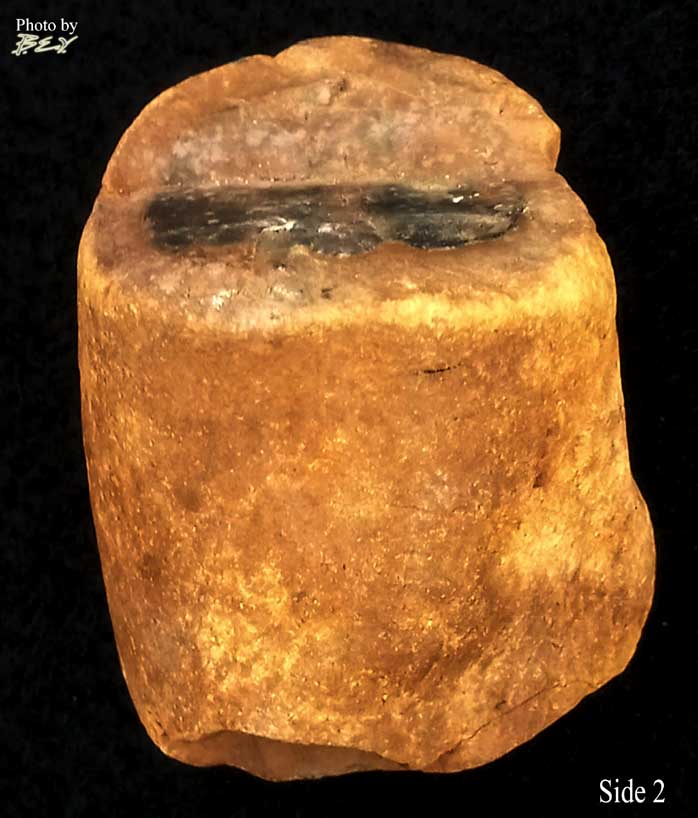
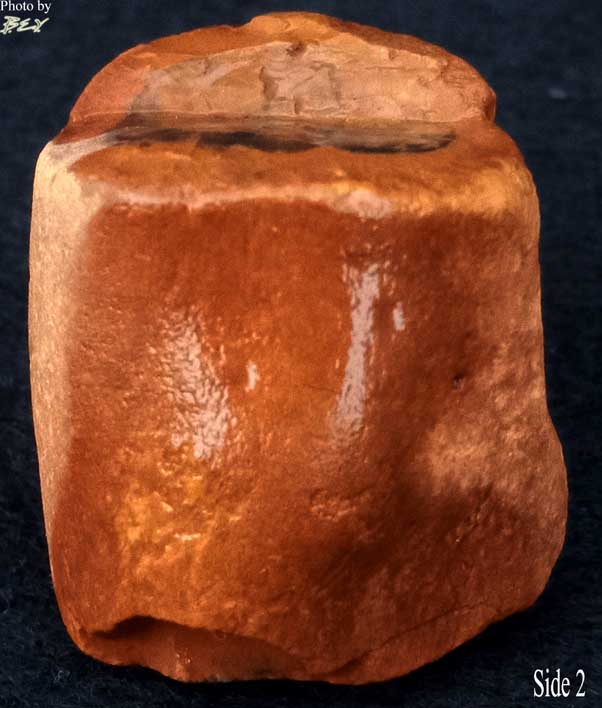
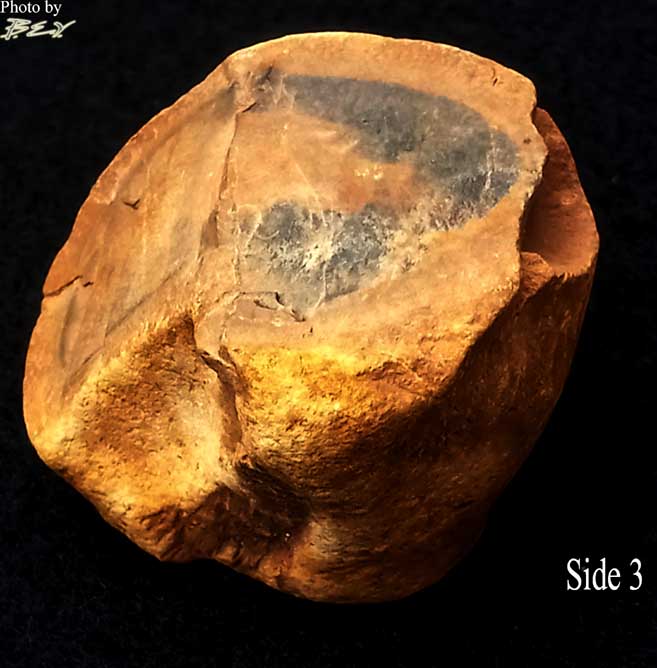
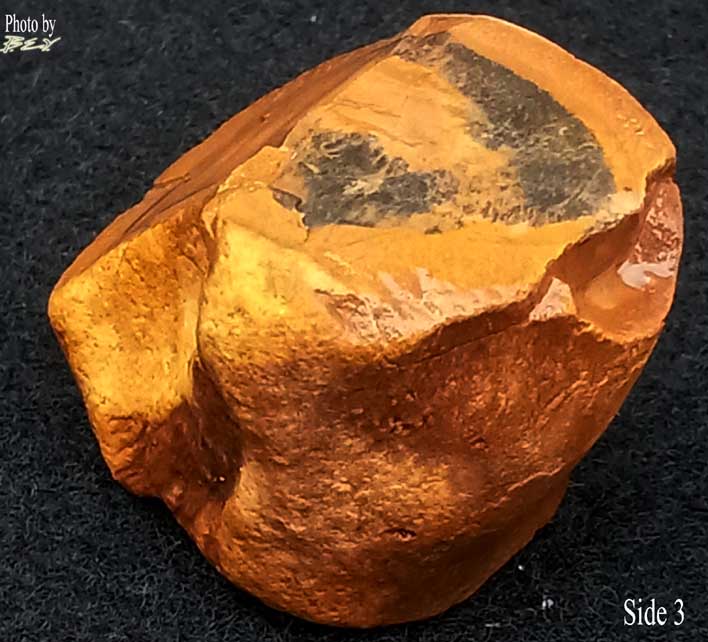

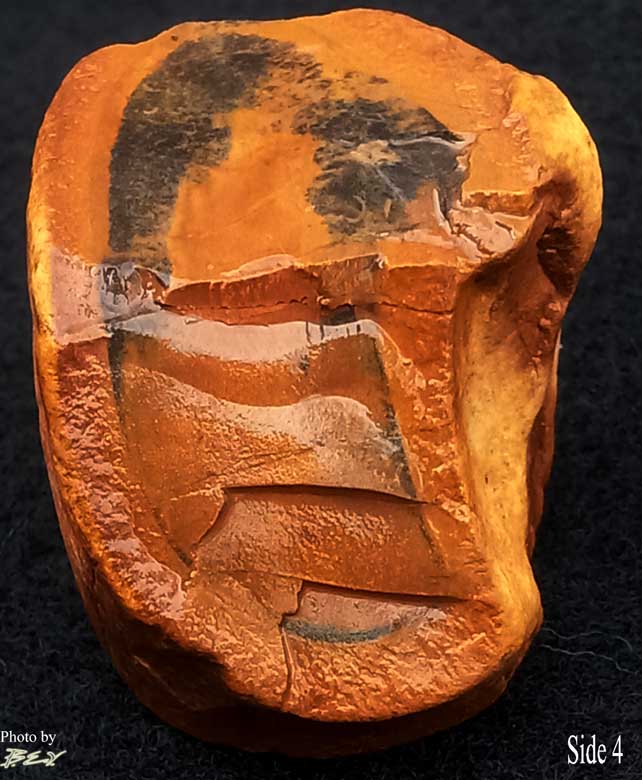
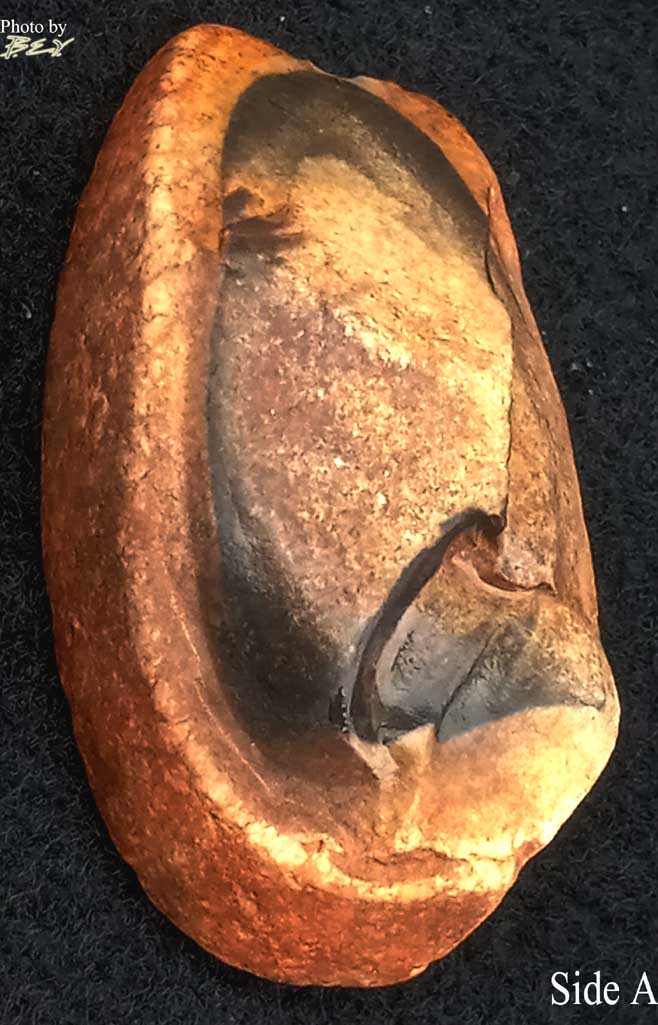
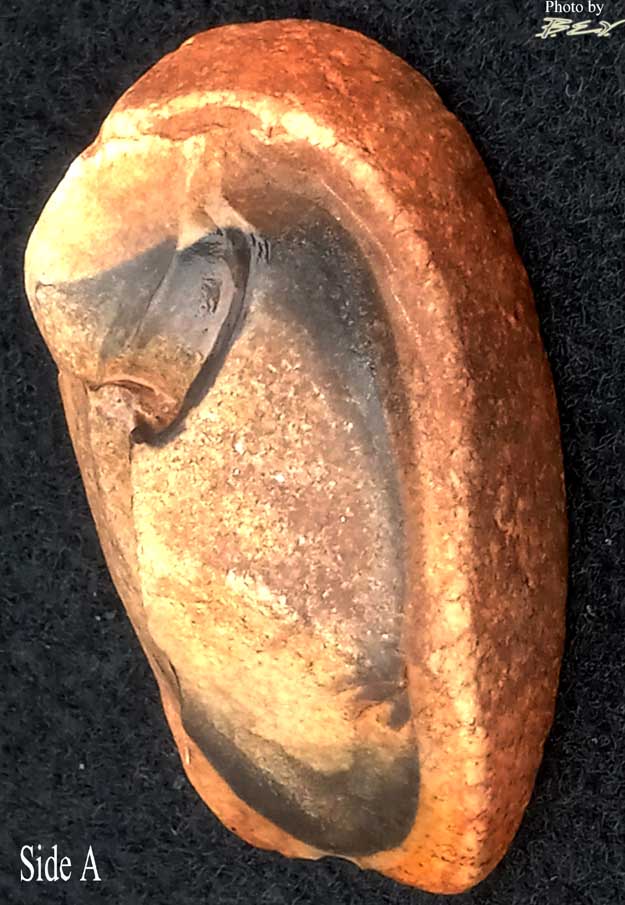
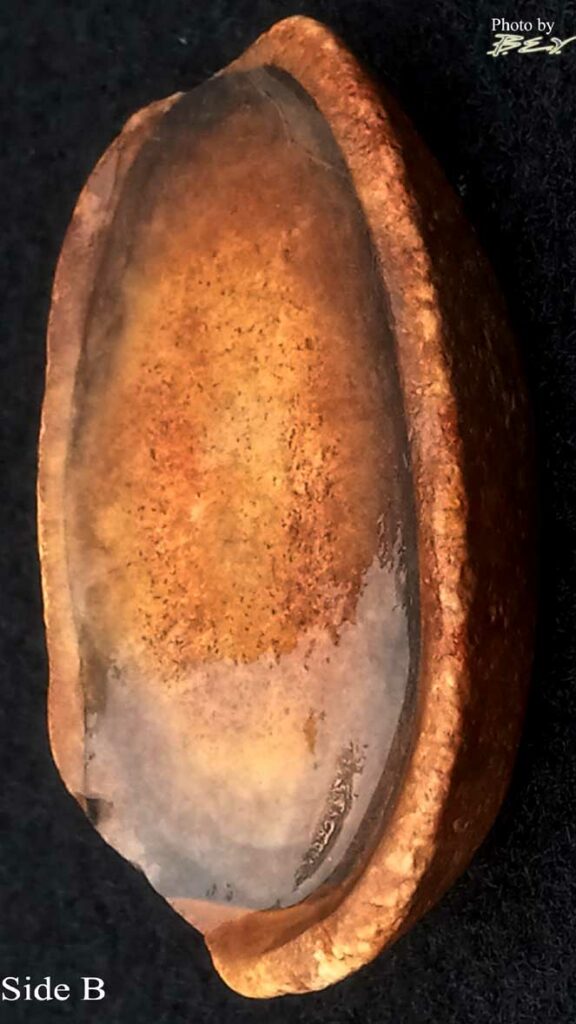
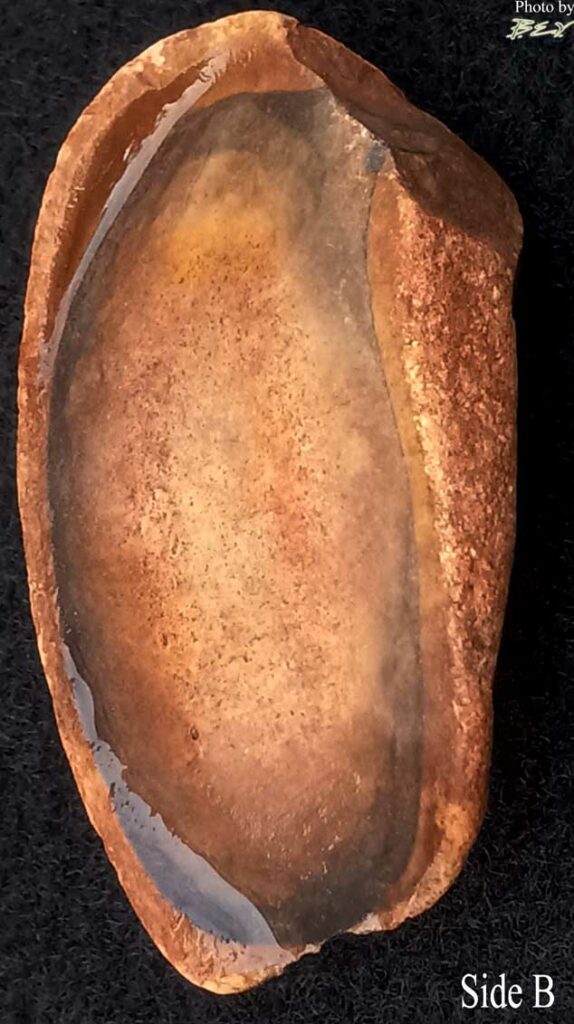
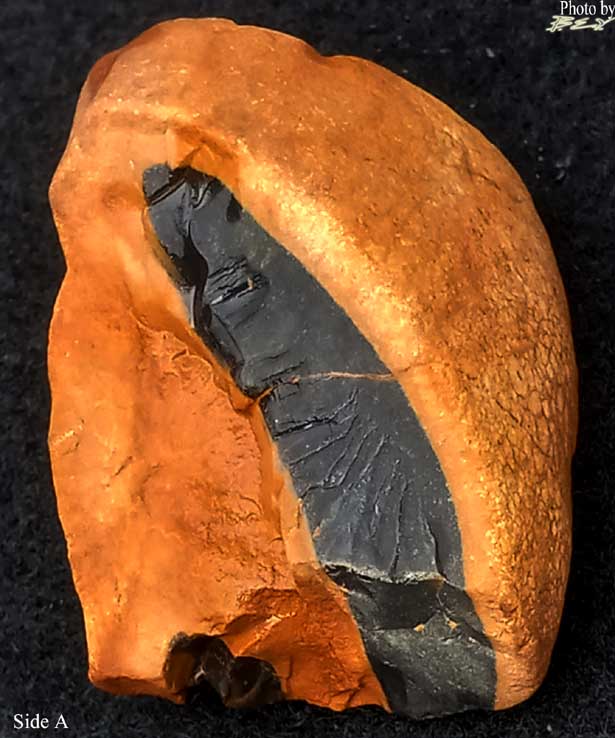
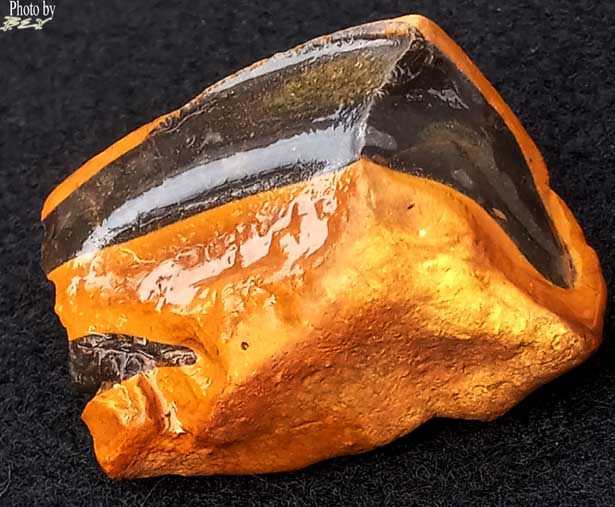

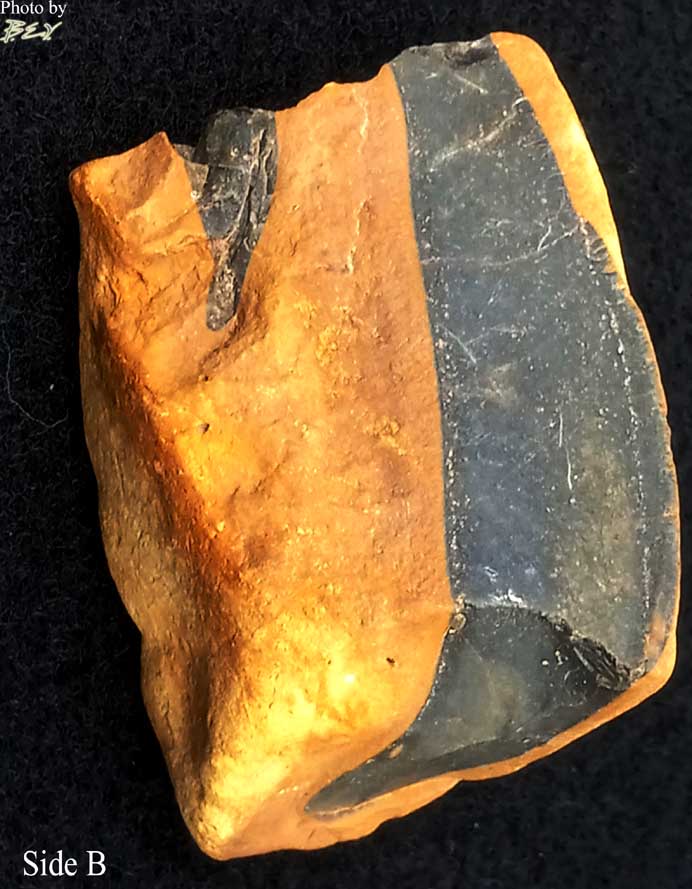
Did you think I was done? Not by a long shot! I’m just warming up 🔥 🔥 🔥. Sometimes life throws you lemons 🍋 so you make lemonade. Next post chapter 4 part 2.